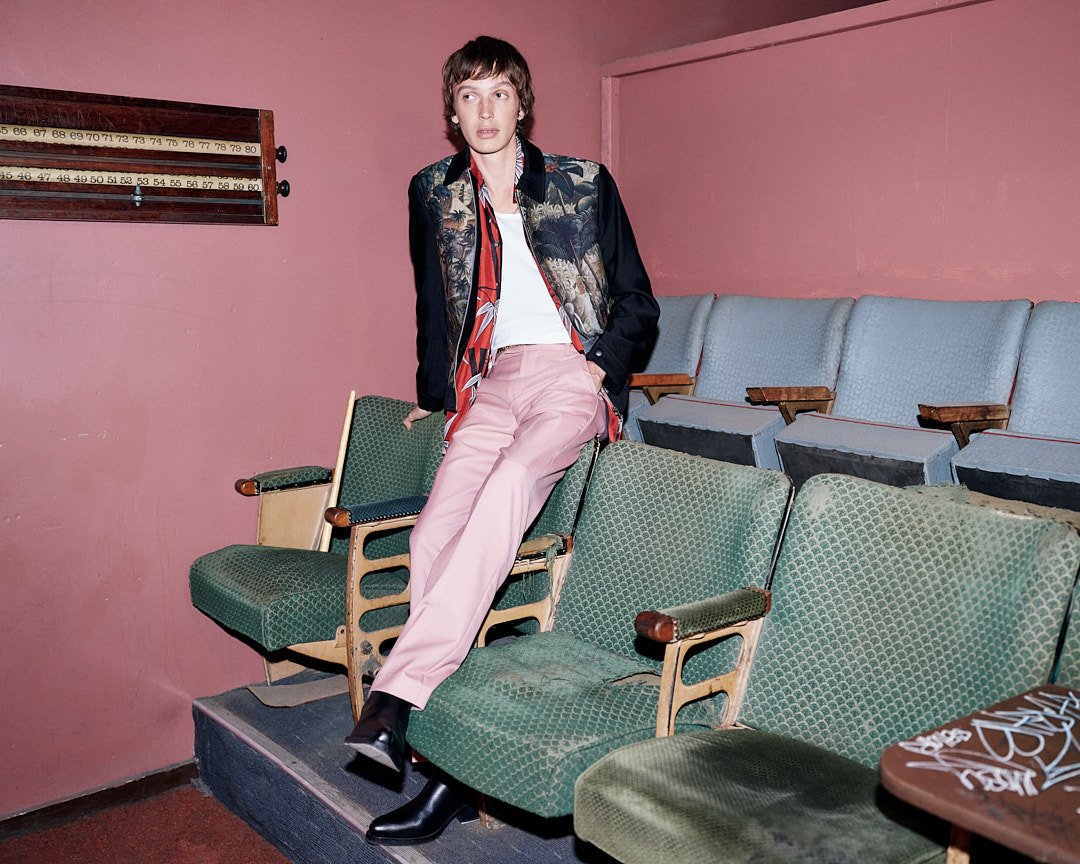Choosing Corporate Uniforms: A Guide to Style, Comfort, and Professionalism
By PAGE Editor
A well-designed uniform is a powerful tool that enhances your company’s image, fosters team spirit, and leaves a good impression on your clients. The right garments blend style, comfort, and functionality, ensuring that your employees not only look polished but feel confident and ready to perform at their best.
Whether you’re outfitting a customer-facing team or crafting a cohesive workplace identity, these elements are key in shaping your company’s image. Read on and discover how to find the right balance between aesthetics, comfort, and professionalism.
Comfort
When choosing clothing for your team, it’s important to find the right balance between style and comfort. You want your employees to look polished and professional, making a strong impression on clients and customers. However, they should also feel good about what they wear. No one wants to spend an entire workday feeling restricted or uncomfortable in stiff, poorly designed clothing.
So, look for comfortable and fashionable uniforms made from breathable, flexible fabrics like cotton and cotton blends. These garments allow for ease of movement without feeling too tight or heavy. When employees can move freely and stay cool throughout the day, they’re not only more comfortable but also more confident in their roles. A well-fitted uniform that feels good to wear can boost morale, leading to a happier and more productive team.
Beyond comfort, the right uniforms create a sense of unity and professionalism in the workplace. They reinforce your brand’s identity and show customers that your business values quality and consistency. Employees who feel good in what they wear naturally carry themselves with more confidence, which translates into better interactions with clients. In the end, choosing the right attire is about more than just appearance - it creates a positive work environment where everyone feels their best.
Evaluate Your Business
Take a step back and think about your business as a whole. How do you want people to perceive your company? Are you aiming for a polished, high-end image, or does a more relaxed and approachable style suit your brand better? Choose clothing that reflects that vision and helps create the right first impression for your clients and customers.
It’s also important to consider the level of formality your industry demands. For example, if you’re running an insurance company or a law firm, this might call for sleek designer uniforms that reinforce professionalism. Think well-tailored dress shirts paired with smart trousers or skirts, complemented by blazers for a more formal touch. Neutral tones like navy, charcoal, and white project credibility, while subtle branding adds a professional yet understated detail. On the other hand, a creative agency could embrace a more casual, stylish approach. The goal is to align the attire with the expectations of your industry while ensuring they’re practical for day-to-day tasks.
Include Your Team in the Decision-Making
Getting input from your team is just as important as picking the right fabric or design. After all, they’re the ones wearing the uniforms every day. When employees feel involved in the process, they’re more likely to embrace the change, making the transition smoother and boosting overall morale. The garments shouldn’t just look good, they need to work for the people wearing them.
Different roles within a business often have different needs. A sales team meeting with clients may require polished, professional and fashionable uniforms, while those handling warehouse tasks or working behind the scenes need something more functional and easier to move in. Understanding these distinctions ensures that each employee feels comfortable, confident, and ready to perform their best.
Men's vs. Women's Uniforms
No rule says men and women have to wear the same outfit. The key is to create a cohesive look that represents your brand while allowing for some flexibility in style and fit. When you buy work uniforms, you should select a design that caters to different body types and personal comfort without sacrificing professionalism.
For example, keeping a consistent colour palette for trousers, skirts, or blazers ensures a unified appearance, while offering different cuts and styles allows employees to choose what suits them best. A structured button-up might be ideal for some, while others may prefer a more fitted blouse with the same branding.
A uniform should never feel restrictive or outdated. When you offer a variety of pieces that still align with the company’s image, you create a sense of inclusion and ensure that everyone feels good in what they wear. Because when people feel good, they perform better.
Prioritise Safety
If your team is working in an environment where there’s a risk of injury, their clothing needs to provide the right level of protection. Employees who spend time outdoors may need uniforms with built-in sun protection to shield them from harmful UV rays.
It’s worth taking a close look at the daily tasks your employees perform and identifying potential risks. Are there hazards like sharp objects, extreme temperatures, or exposure to chemicals? The right work attire can make a big difference in reducing these dangers. High-quality fabrics with reinforced stitching and added protective elements like reflective strips might be necessary depending on the workplace.
Colours
What's the ideal uniform colour? Think about hospitals and medical settings - blue is often used because it promotes a sense of calm and reassurance. Similarly, a bold red uniform might be the perfect choice for a high-energy sales team, while earthy tones can give a feeling of reliability and warmth in customer service roles.
Being intentional about the colours isn’t just about aesthetics. This factor shapes how people feel when they interact with your team. Corporate uniforms represent the company’s identity, professionalism, and culture. The colours you choose communicate your brand’s values and create the right atmosphere for both employees and clients.
For instance, blue is often associated with trust and professionalism, which is why many corporate offices, particularly in industries like finance and law, opt for this colour. It’s calming and reassuring, making it ideal for creating a stable and reliable environment. On the other hand, red is energetic and attention-grabbing, often used in industries that want to convey passion and excitement, like marketing or retail.
Customisation
Lastly, adding small touches like embroidery or logo printing can elevate the look of your team and give your business a polished, professional edge. Branded uniforms reinforce your brand identity and convey a sense of competence and consistency to clients and customers. A logo on a shirt or jacket might seem subtle, but it makes a big difference in how people perceive your team. This can create a cohesive, unified look that speaks volumes about your company’s attention to detail.
HOW DO YOU FEEL ABOUT FASHION?
COMMENT OR TAKE OUR PAGE READER SURVEY
Featured








Transferring diamond jewelry from one generation to another is an incredible method to sustain your family’s heritage.